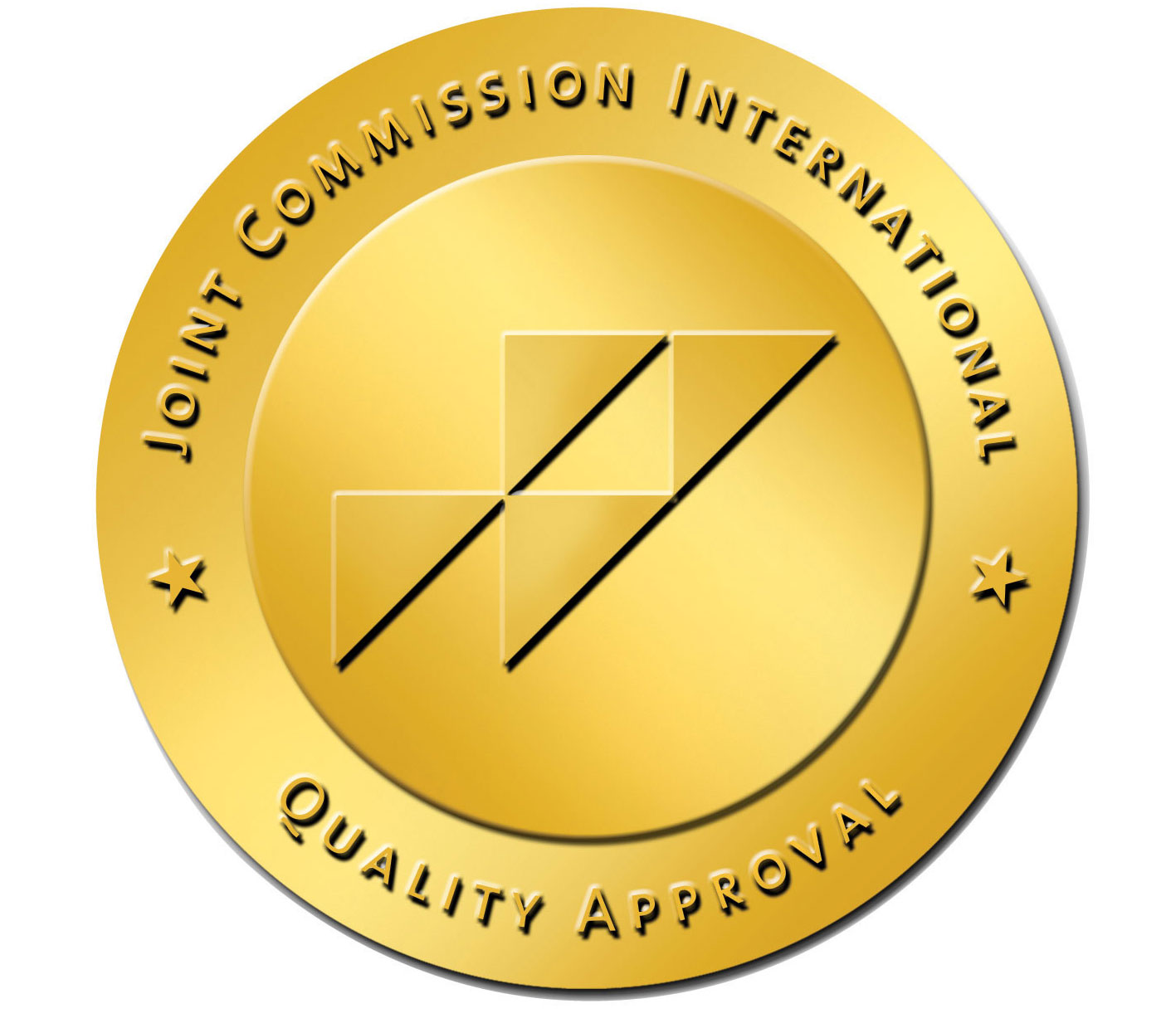
What are the causes and symptoms of Abdominal Aortic Aneurysms?
12 Oct, 2022
 Healthtrip Team
Healthtrip TeamAn abdominal aortic aneurysm is a condition in which the major artery called the aorta becomes enlarged from the lower end like a balloon. Aorta is the largest blood vessel or artery that consists of oxygenated blood which is transported from the heart to the head, arms, abdomen, legs, and pelvis. The blood is then transported to the entire body through capillaries and if there is any abnormality or risk of rupturing the aorta (any part) then might create a life-threatening condition. An abdominal aortic aneurysm is basically a condition that affects males, especially those who are over the age of 60 years which makes their condition more severe and life-threatening.
What are the symptoms of an aortic aneurysm in the abdomen?
Generally, aneurysms do not have any symptoms unless they reach a condition where they can rupture. It usually grows very slowly without any noticeable symptoms which makes it difficult to diagnose and treat. Still, it is seen that if a person is suffering from Abdominal aortic aneurysm or AAA there are a few symptoms that the person might experience some of which might include:
Transform Your Beauty, Boost Your Confidence
Find the right cosmetic procedure for your needs.

We specialize in a wide range of cosmetic procedures

- Abdominal pain
- Back pain
- A pulse near the belly button
- Increased heart rate
- Loss of consciousness
- Fatigue
- Clammy skin
- The excruciating pain that spreads to the pelvis, legs, and buttocks
- Sudden or pricking pain
- Nausea
- Vomiting
Are there warning signs before an aortic aneurysm?
In most cases, there are no warning signs of an aortic aneurysm but still one can identify it if one experience the above-mentioned symptoms.
What are the 3 most common causes of abdominal aneurysms?
The exact cause of an abdominal aortic aneurysm is unknown but still studies suggest that there are some factors that might pose risk. It is seen that smoking, genetic factors, and high blood pressure are the three most common causes of abdominal aneurysms. Apart from these, there are other risk factors such as vascular inflammation, male sex, use of tobacco, traumatic injury, atherosclerosis, etc.
How serious is an abdominal aortic aneurysm?
An abdominal aortic aneurysm does not pose any life threat unless the condition is so severe that it might rupture. In such conditions, it can be life-threatening as it can cause severe internal bleeding. In such cases, the chances of survival become very slight and 8 out of 10 people fail to survive before reaching the hospital.
Can you live a long life with an abdominal aortic aneurysm?
According to various research, it is seen that people who suffer from abdominal aortic aneurysms usually die from the rupturing of the abdominal aorta. Therefore, early diagnosis is key to survival in the case of an abdominal aortic aneurysm.
How can we help with the treatment?
If you are looking for Abdominal aortic aneurysm surgery in India then be assured as our team will assist you and guide you throughout your medical treatment.
The following will be provided to you:
Most popular procedures in India
Total Hip Replacemen
Upto 80% off
90% Rated
Satisfactory
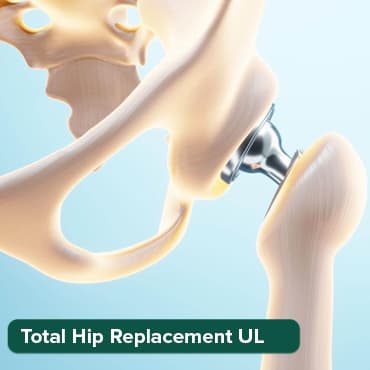
Total Hip Replacemen
Upto 80% off
90% Rated
Satisfactory
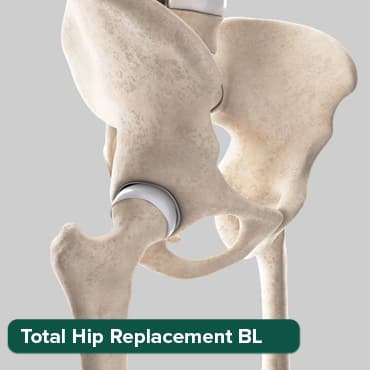
Total Hip Replacemen
Upto 80% off
90% Rated
Satisfactory
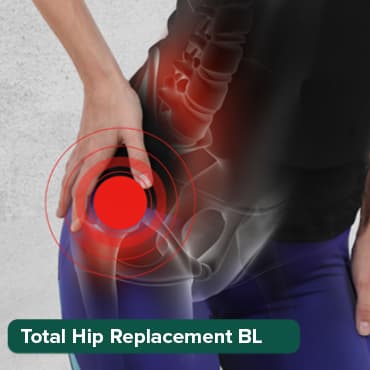
ANGIOGRAM
Upto 80% off
90% Rated
Satisfactory
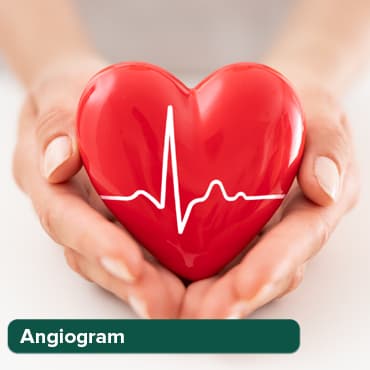
ASD Closure
Upto 80% off
90% Rated
Satisfactory
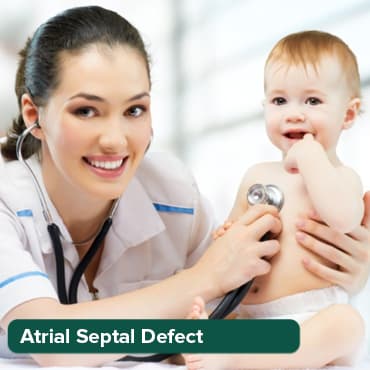
- Expert surgeon, physician, doctor
- Transparent communication
- Coordinated assistance
- Prior appointments with specialists and follow-up queries
- Assistance with medical tests
- Assistance in follow-up queries
- Assistance with hospital formalities
- 24*7 availability
- Assistance with therapy
- Rehabilitation
- Travel arrangements
- Assistance for accommodation and healthy recovery
- Assistance in emergencies
Our team offers high-quality health trips and care to our patients and we also have a team of expert health professionals that will assist you throughout your medical tour.
Wellness Treatment
Give yourself the time to relax
Lowest Prices Guaranteed!

Lowest Prices Guaranteed!

